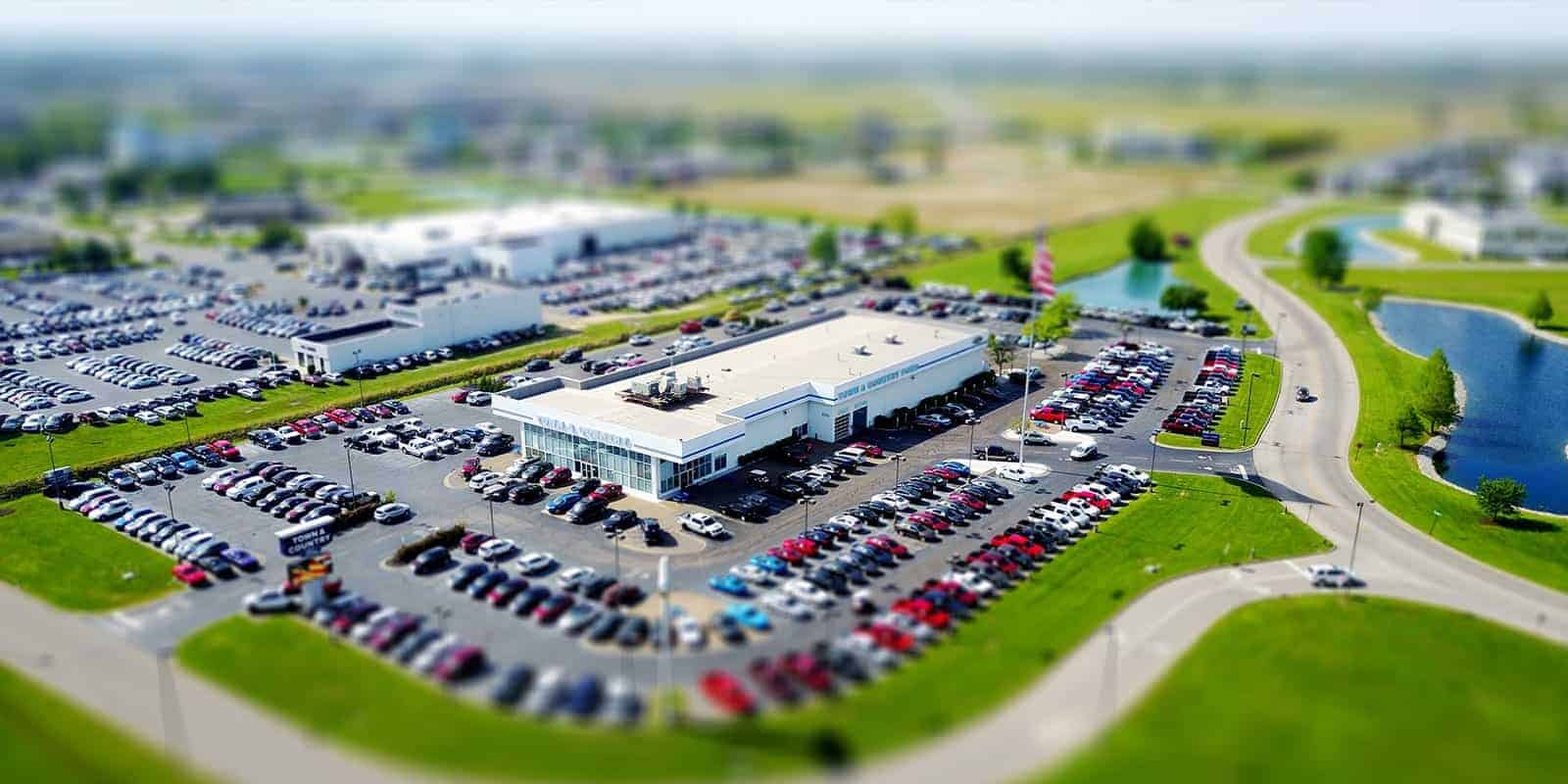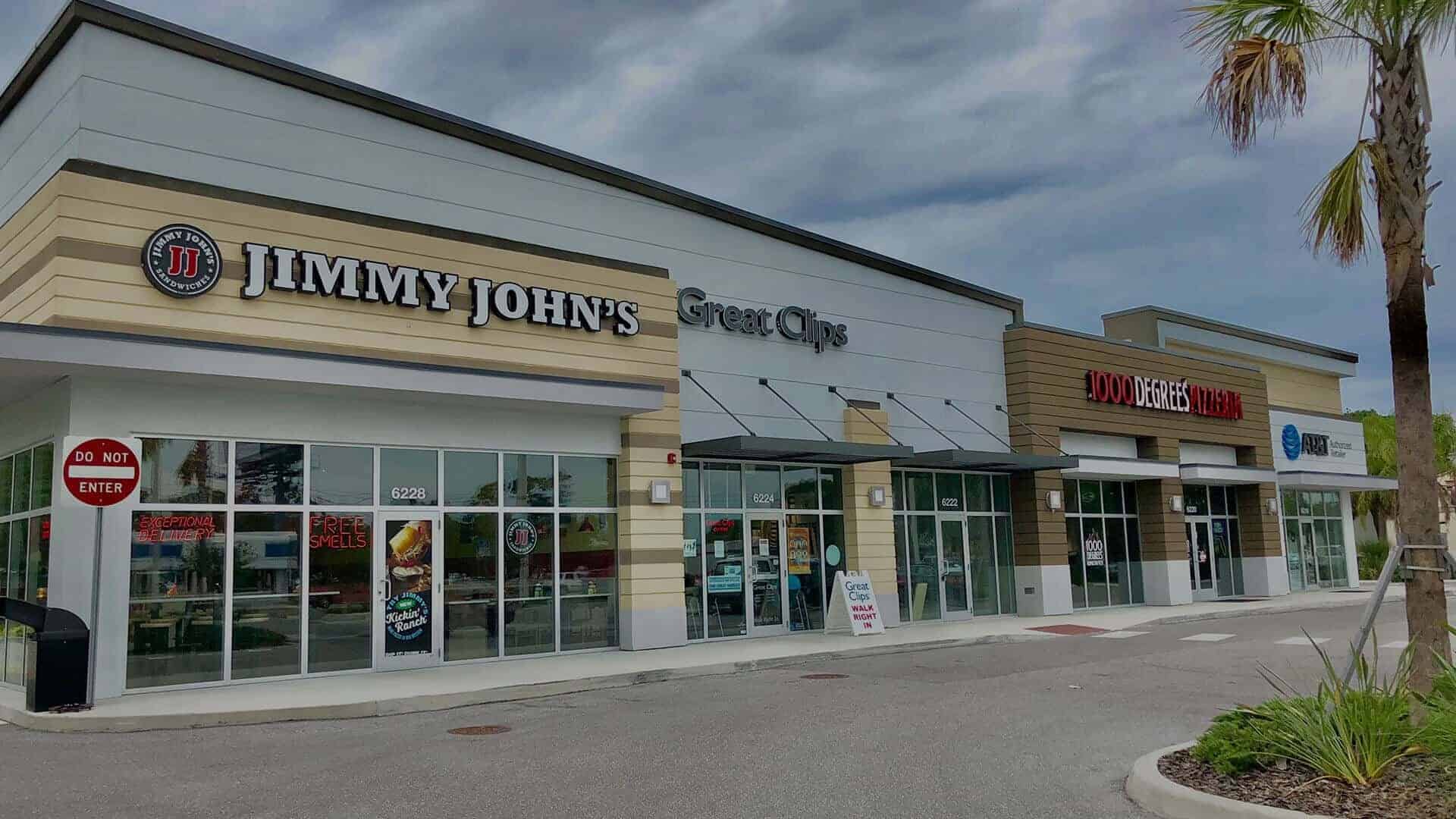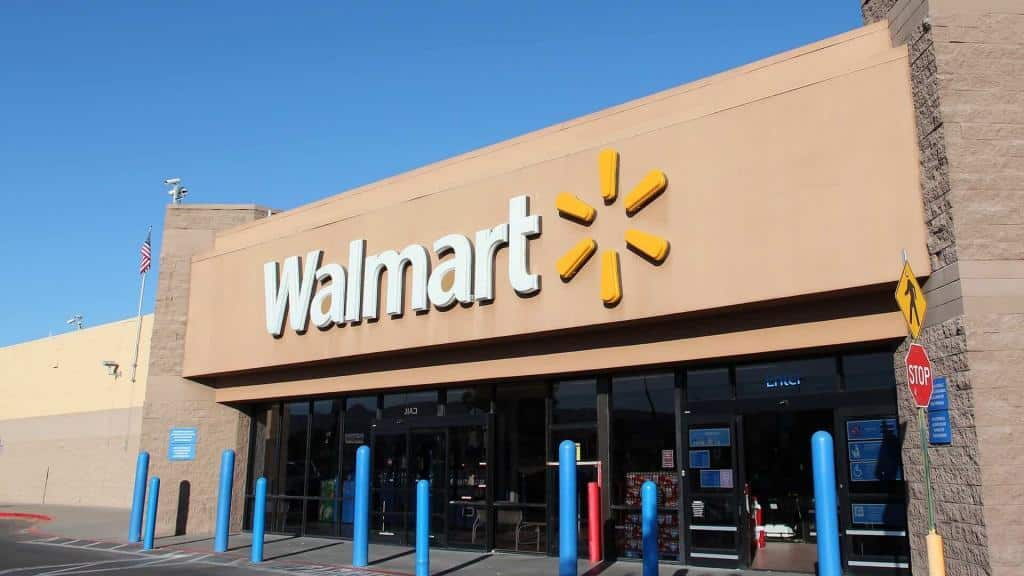The demand for triple net lease retail investments remains high throughout the country. This investment product is in most demand for tenants that are restaurant-based uses. An investors preference is to acquire assets which include restaurant based, service styled uses because they have less to worry about given the Amazon effect. Assets encompassed by restaurants are a larger driver of traffic and tend to create a synergy that bodes well for surrounding retail. This is not only true for assets that are single tenant net lease but also for shopping centers that include a tenant roster incorporating interest resistant uses.
Over the past decade, shopping centers have incorporated a larger portion of their tenant composition to include restaurant-based uses. Today food concepts comprise of approx. 20 to 40 % of the shopping center tenant mix, up from 10 to 15% a decade ago. Landlords that carefully select and strategize the tenant mix of their centers can ultimately add significantly more value when they elect to sell their property. Investors of which are acquiring shopping center assets today are extensively dissecting the individual tenants that make up these assets. They want to understand these tenants and their retail businesses to determine how they compete today and how they will fare against the internet in 5 to 10 years+ down the line. Investors are placing a much larger emphasis on tenant composition now than they have ever before when ultimately making their investment decisions.








About The Author: Jeff Dervech
More posts by Jeff Dervech